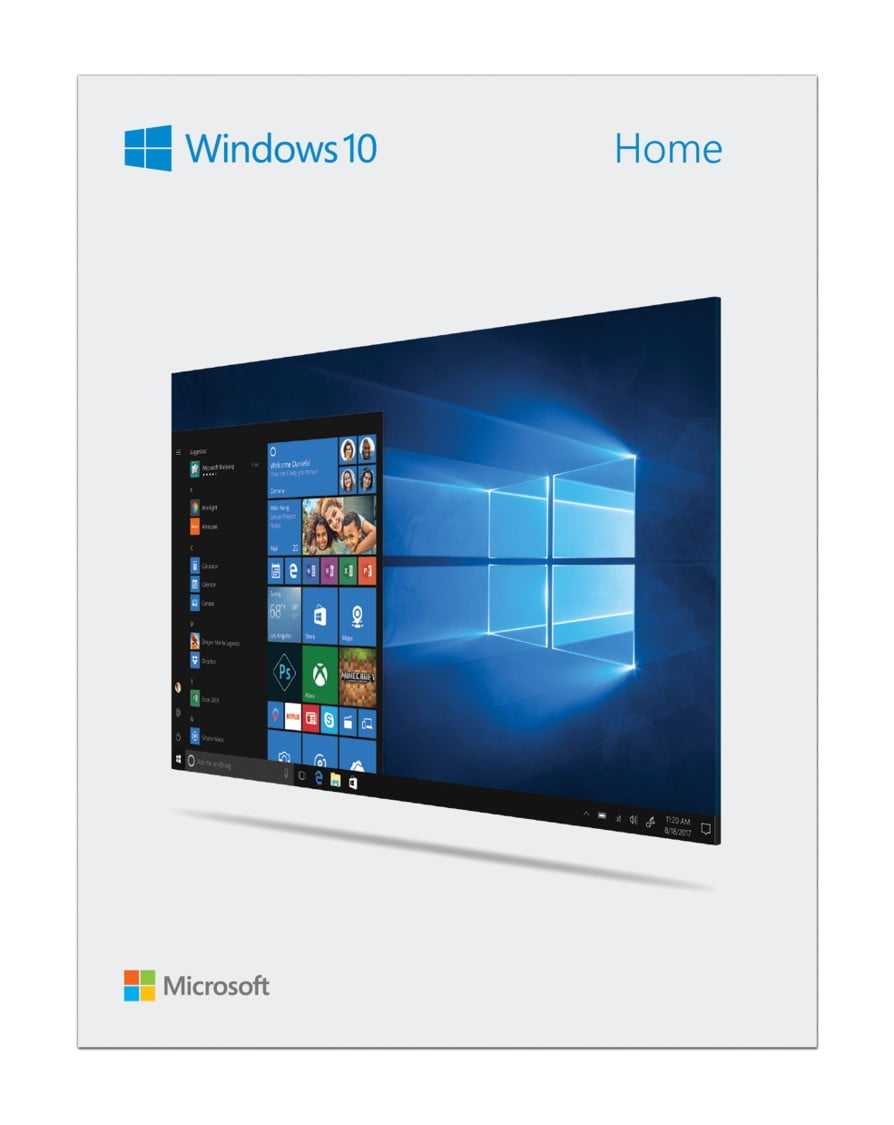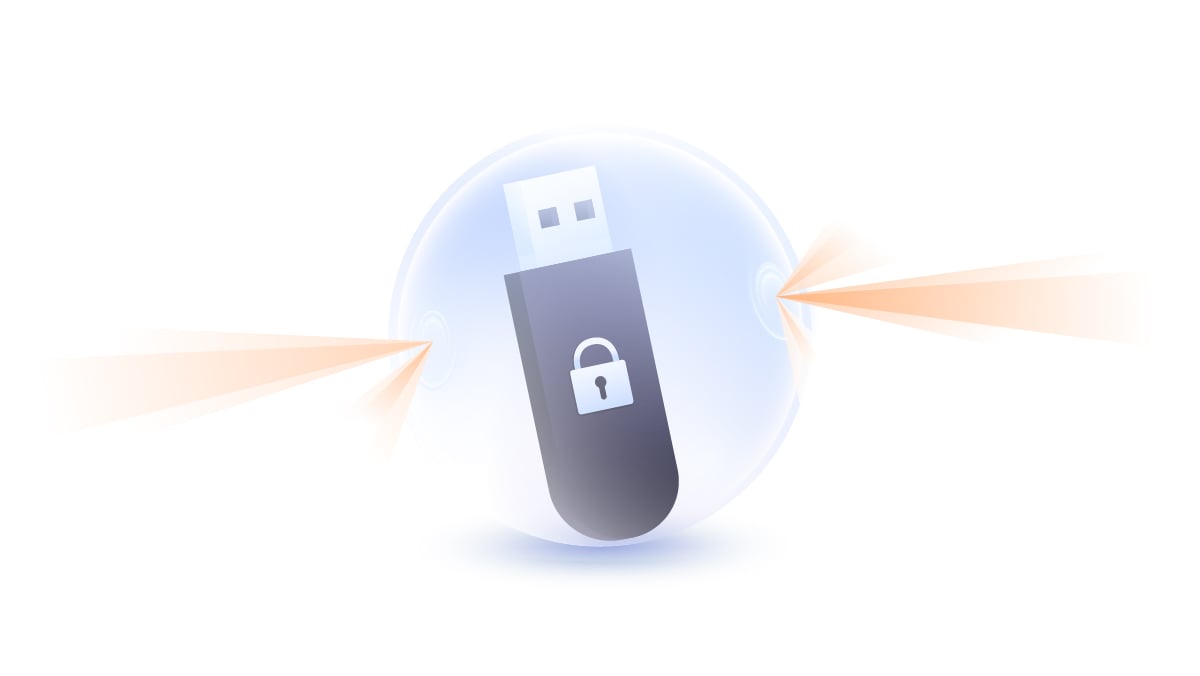

Step 4: Notice the check box marked, "Create a bootable disk using." Click the drive icon at the far right, then navigate to wherever you saved the Windows 10 ISO file.

Here's how to install the OS from a flash drive: Rufus, a free utility for creating bootable USB drives.A 4GB flash drive, or 8GB for the 64-bit version.The minimum system requirements include a 1GHz processor, 1GB of RAM (or 2GB for the 64-bit version), and at least 16GB of storage.

An old desktop or laptop, one you don't mind wiping to make way for Windows 10.If, on the other hand, you're more of a novice user and/or want something closer to a real-world Windows 10 experience, consider a full installation (with one important caveat - you won't be able to revert to your previous version of Windows unless you have recovery media). If you're savvy with virtualization tools like VirtualBox and have sufficient space on your hard drive, you could install the OS on your current PC as a virtual machine. Ready to take it for a spin? You have a couple options. As noted in "Where, when and how to get Windows 10,"Microsoft made the OS available for download as of today. Data recovery software may be able to rescue the data from the drive if it can identify it as a raw disk.Windows 10 is here! Well, an early beta, anyway, in the form of the Windows 10 Technical Preview. Solution: This problem can be caused by drive corruption, erroneous BIOS settings or compatibility issues. – Connected Flash Drive is not detected in Windows If you need the data on the drive, after formatting you can attempt to restore it with data recovery software. Solution: Format the drive or try it on another computer. – USB Flash Drive Showing “Disk Not Formatted” Try the device on a different computer.Remove and reinstall or update the driver.Completely power down your system and restart it.Solution: There are a few different ways to approach this issue. Most Common USB Flash Drive Issues – USB Device not recognized This can lead to the loss of valuable and potentially irreplaceable data. Keep your flash drives safe – Thumb drives can easily be lost or damaged if not cared for properly.

Label the flash drives – Clear labeling can help prevent accidental formatting or file deletion.Regular backups are key to data protection. You can also use another physical storage device to create an extra copy of your data. Backup the files – This task can be easily accomplished with the cloud backup option available with many mobile devices in which a flash drive is used.You can protect the files on your flash drives in a variety of ways. Protect Files on Your Flash Drive From Accidental Deletion


 0 kommentar(er)
0 kommentar(er)
